PaulWog
No longer a newbie, moving up!
- Joined
- Jun 17, 2013
- Messages
- 1,153
- Reaction score
- 188
- Location
- Canada
- Can others edit my Photos
- Photos NOT OK to edit
I brought my DSLR out to a Christmas light walk the other night, and I encountered a variety of problems. I consider myself to be inept when it comes to night photography. One thing that I'm taking away from this for my day-time photography is that I need to improve on my metering knowledge and skills across the board: if I can't control it properly at night, I probably could make some improvements for day-time metering as well.
First, I wanted to take a photo of my girlfriend and another girl that was with us. I wasn't looking for a tack-sharp photo, just something that would be a step up from the camera on my phone. However, the lighting was pitch-black. I tried doing a 1/10 of a second shot with VR on at 16mm on my crop body camera, and I just couldn't get things right. They looked pitch black, and the lights were bright. I suppose if I chose spot metering they might've come out better, but I'm guessing to correctly expose them that would have been a 2 or 3 second shot instead?
Second, I wanted to take photos of the Christmas lights that were everywhere (it was the attraction). I didn't have a tripod, chose to shoot at 16mm with VR on (of course). Nothing really worked out well. I chose matrix metering since I didn't have any particular light I was focusing on, but most of everything was either pitch dark, or bright lights that didn't illuminate any of their surroundings much. It was raining pretty heavily, and my camera isn't weather sealed, so I didn't have time to really sit down and figure things out too much (I figure I could've gotten a couple nice shots) -- oh well.
Anyway, the outting wasn't ideal for photography. I didn't have any flash equipment (my built-in flash wasn't suitable for what I wanted), and I didn't have a tripod with me. However, I'd like some input on how to get the best out of night photography when it comes to metering and any other tricks -- especially when there's bright lights involved (Christmas lights, fireworks, etc).
First, I wanted to take a photo of my girlfriend and another girl that was with us. I wasn't looking for a tack-sharp photo, just something that would be a step up from the camera on my phone. However, the lighting was pitch-black. I tried doing a 1/10 of a second shot with VR on at 16mm on my crop body camera, and I just couldn't get things right. They looked pitch black, and the lights were bright. I suppose if I chose spot metering they might've come out better, but I'm guessing to correctly expose them that would have been a 2 or 3 second shot instead?
Second, I wanted to take photos of the Christmas lights that were everywhere (it was the attraction). I didn't have a tripod, chose to shoot at 16mm with VR on (of course). Nothing really worked out well. I chose matrix metering since I didn't have any particular light I was focusing on, but most of everything was either pitch dark, or bright lights that didn't illuminate any of their surroundings much. It was raining pretty heavily, and my camera isn't weather sealed, so I didn't have time to really sit down and figure things out too much (I figure I could've gotten a couple nice shots) -- oh well.
Anyway, the outting wasn't ideal for photography. I didn't have any flash equipment (my built-in flash wasn't suitable for what I wanted), and I didn't have a tripod with me. However, I'd like some input on how to get the best out of night photography when it comes to metering and any other tricks -- especially when there's bright lights involved (Christmas lights, fireworks, etc).


 LOL sorry my mind went there, I couldn't help it!
LOL sorry my mind went there, I couldn't help it!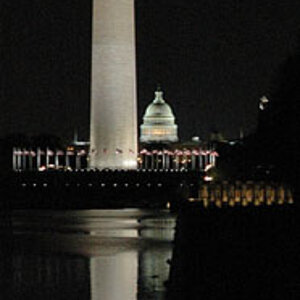
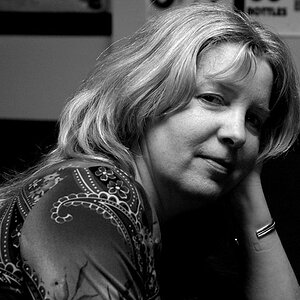
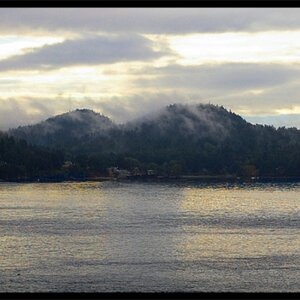
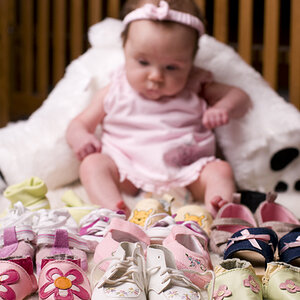
![[No title]](/data/xfmg/thumbnail/35/35948-700e0d840da0ca73727b1bd6d99b4142.jpg?1619737257)
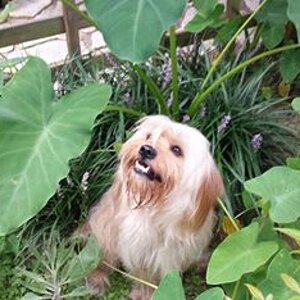
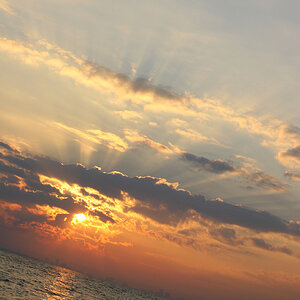
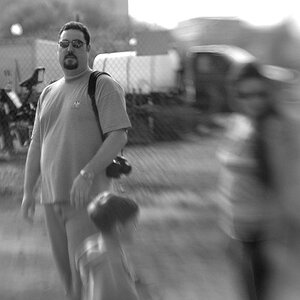
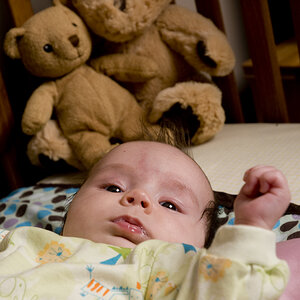
![[No title]](/data/xfmg/thumbnail/32/32638-22cfef06fc91cb3aee39b7b55c36198d.jpg?1619735555)